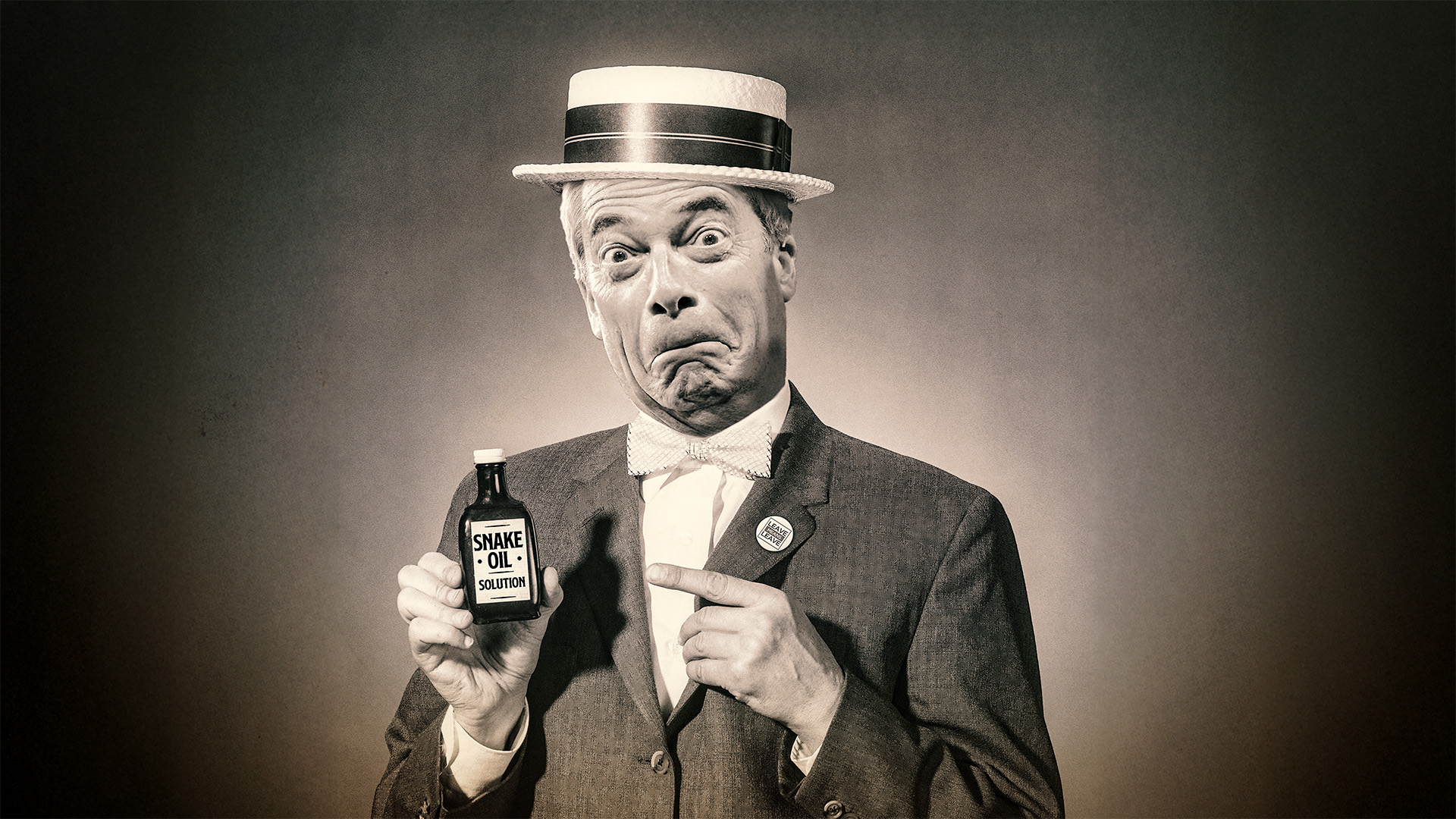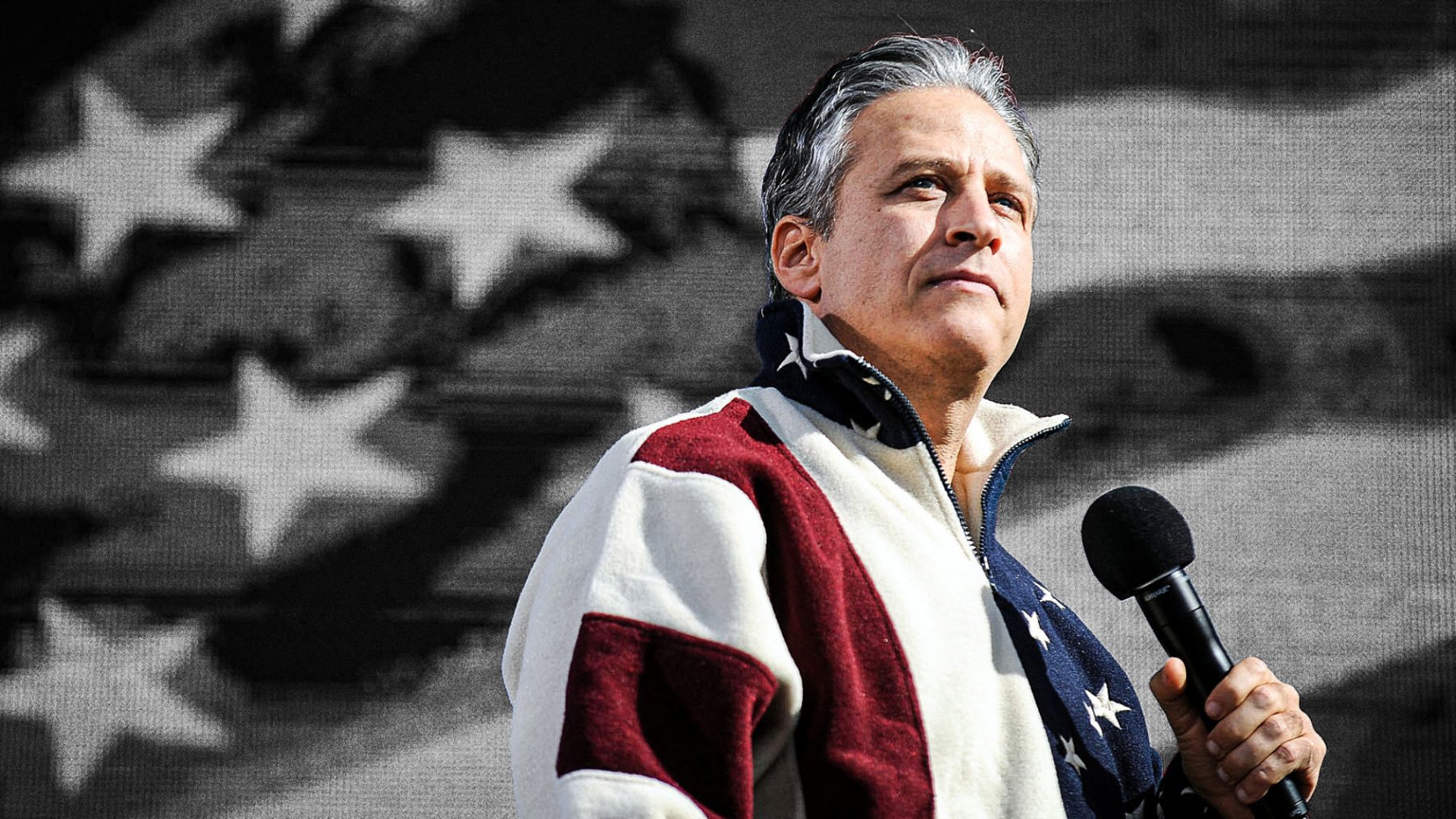In November 1589 the senate of Venice elected a new official alchemist for their Most Serene Republic. He came from Cyprus and introduced himself as Marco Bragadino. Whispers had it his real name was Mamugnà.
His charisma was spellbinding, and stories about him abounded. That was no accident: Mamugnà had spent years carefully seeding rumours that he had finally cracked the age-old secret of turning base metal into gold.
This caught the senators’ attention. Venice was in the middle of a fiscal crisis – its trade with the east was undercut by new long-distance shipping from Portugal and Spain to Asia and the Americas. The old city on the lagoon, once a Mediterranean superpower, had been slowly losing power for three generations: only a miracle could turn its fortunes. And the senate decided Mamugnà would be that miracle.
They put him up in a lavish palazzo on the island of Giudecca, at city expense. There, Mamugnà cultivated an air of mystery while making a show of enormous wealth. He didn’t explicitly claim he could make gold, but the shocking ease with which he spent money left little room for doubt. The newcomer threw balls of such opulence, flaunted his money with such astounding openhandedness that no one dared doubt him. In a spectacular public demonstration, the alchemist showed the amazed patricians how he could heat a small amount of base metal, add to it an amount of a secret substance, and, with a flash and a bang, transmute it into a solid nugget of gold.
Charlatanism is an age-old phenomenon, and the techniques used today by the most talented charlatans aren’t all that different from the techniques Mamugnà used to bamboozle Venice’s noblemen. And yet, even if the techniques aren’t different, the landscape in which charlatans ply their trade is completely transformed.
In the 21st century, charlatans have access to many more marks – or victims – than was ever before possible. Some of them rely on television to beam their pitches into their marks’ homes. But new technologies enable schemes that are digital, viral, scalable, and potentially global in scope. They’re leveraging new technologies in fundamentally new ways to target more marks.
Mamugnà’s story feels distant. Yet, all the way back in the 16th century we already find all the elements of the charlatan’s art; every charlatan’s basic business model is, at heart, the same. Like Mamugnà, they identify a dream – an idea so important to some people that they cannot bear for it to be called into question – and they champion it confidently, authoritatively, eloquently. They champion it so ably that the people who share that dream can’t help but believe in them, to the point that their belief in the dream gets all jumbled up with their belief in the charlatan, until the two come to seem inseparable.
Mamugnà never persuaded Venice’s city fathers of anything; he didn’t have to. He championed their dream of wealth and glory to them and portrayed himself as the key to making it a reality. After that, he didn’t even have to ask them for their praise, their palaces, or their daughters: they lined up to offer them to him. Charlatanism used to be on the sidelines of society. It is moving to the centre. In 2025, a tsunami of charlatans descended on Washington, taking control of the governing institutions of the world’s only superpower. Understanding charlatanism has never been more urgent.
In the United Kingdom, an outbreak of coordinated charlatanism forced one of the most calamitous decisions any developed democracy has made in years, taking Britain out of the European Union, cutting it off from its most important market, and leaving it much poorer and much more dissatisfied, with large majorities regretting the blunder.
The story of the populist movement that propelled anti-EU sentiment ahead of the 2016 Brexit referendum is telling. British isolationism and euroscepticism are not new. For Britain, which had for centuries been a world-leading great power, the idea of being dictated to by “Brussels bureaucrats” – as it was inevitably framed – had long rankled.
Yet the movement that took that diffuse sentiment and galvanised it into an unstoppable political force was not some spontaneous outbreak of Little Britain nationalism: it was a movement led and organised by a constellation of outright charlatans aiming to manipulate public opinion for their own gain.
The first was the then Conservative foreign minister, Boris Johnson, who had launched his career on a series of articles about the European Union that seemed to stretch journalistic ethics beyond their breaking point. As Brussels bureau chief for the Telegraph in the 1990s, Johnson had been among the earliest exponents of a type of journalism that sold tons of newspapers but had only the most tenuous connection with the truth. In story after story, Johnson roasted Brussels bureaucrats for crazy decisions they hadn’t actually made.
Suggested Reading

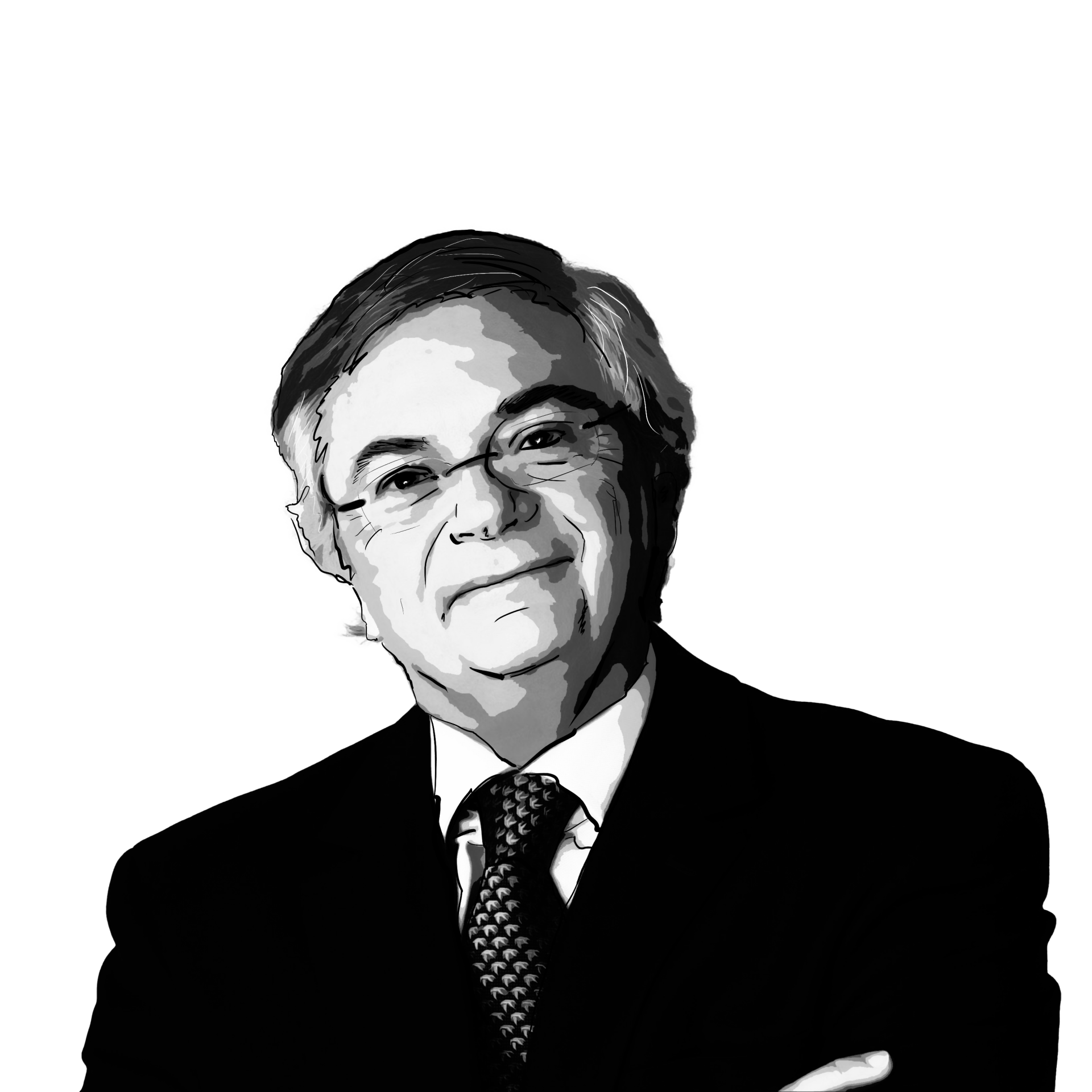
A sorcerer’s apprentice in the White House
In one story, he claimed the EU wanted to impose a single standardised condom size. Later, he said it would ban recycling tea bags and forbid the sale of prawn- cocktail-flavoured snacks. One particularly fanciful tale had the EU forbidding children from blowing up rubber balloons. It was all nonsense, of course, but it didn’t matter: Johnson wanted to make the EU ridiculous in readers’ eyes. And he succeeded.
The image of the EU as a mindless rulemaking machine thoroughly devoid of common sense became mainstream in Britain. So much so that when Nigel Farage, a hard-edged right wing eurosceptic, began to campaign for a referendum to separate Britain from the European Union, he couldn’t be contained. Claiming, absurdly, that Brussels was seeking to snuff out British independence, he began drawing conservative votes away from Britain’s generally moderate Conservative Party.
Farage’s style was full of bombast and overstatement, and British voters ate it up. Farage embodied a certain image of British nationhood – a dream that quickly showed itself politically potent. He would campaign wearing “a tweed jacket, tan corduroy trousers, check shirt, knitted red tie, every garment a cultural signal,” as the BBC once put it. Looking every bit the British everyman and downing one pint of warm beer after another, he sold a powerful vision of Britain regaining its vital strength once it was freed from the weight of what were always described as “barmy Brussels bureaucrats.”
His campaign took years to develop, and it grew along the way. To try to meet this challenge from the right, Britain’s moderate prime minister, David Cameron, was cornered into agreeing to hold a referendum on the matter. Cameron did not favour Brexit, but the groundswell of opposition to the EU could not be contained.
It was a bad miscalculation. The referendum campaign that followed was a festival of charlatanry, with one Vote Leave spokesperson after another making claims about the future that just didn’t have any grounding in truth.
Experts, of course, cried foul, seeking to communicate with voters the costs to Britain of erecting trade barriers with its predominant economic partner. In a rebuke that turned into an emblematic moment in the referendum, when asked to name any economic expert who supported Leave, the then justice secretary Michael Gove told a TV interviewer simply that “the British people have had enough of experts”.
One pro-Brexit politician claimed a post-Brexit free trade deal with the EU would be “the easiest in human history.” It wasn’t. It took eight years after the vote for the sides to manage a cumbersome trade and cooperation agreement that 77% of British exporting firms say is not helping their ability to do business with the continent.
Overall, the Leave campaign had promised prosperity, but since 2019 Britain had been the worst-performing of the world’s advanced industrial economies, shrinking an average of 0.4% per year between 2019 and 2024.
It is true that Britain had been in secular decline as a world power at least since the 1956 Suez Crisis. But Brexit accelerated that decline, turning what was until recently one of Europe’s major economies into a contracting basket case, increasingly irrelevant not just economically but militarily and diplomatically as well.
Anyone who doubts whether runaway charlatanism can really change the world should take a closer look at the scandalous history of Brexit. Again and again, senior British political figures manipulated regular people’s dreams of a return to British greatness to further their careers, leaving millions of livelihoods blighted in the process. Today, in polls, Britons regret their choice in that 2016 referendum, with twice as many saying the decision to leave the EU was bad for Britain as said it was good. The damage is done. And there’s no going back: even if British governments had the stomach to try to return to the EU fold, the existing members wouldn’t have them.
In the United States, Donald Trump’s opponents sometimes imagine they are dealing with a uniquely corrosive figure. And it’s true that, given America’s huge geopolitical weight and massive military power, the stakes involved in Washington far exceed those anywhere else on the planet. But if the stories of Brexit and other political charlatans such as Silvio Berlusconi teach us anything, it is that, in his first term, president Trump was comparatively restrained in his abuse of state power for his own benefit. Had he the razor-sharp mind for profit of a Berlusconi or the sheer recklessness of the Brexiteers, he might have done far more damage.
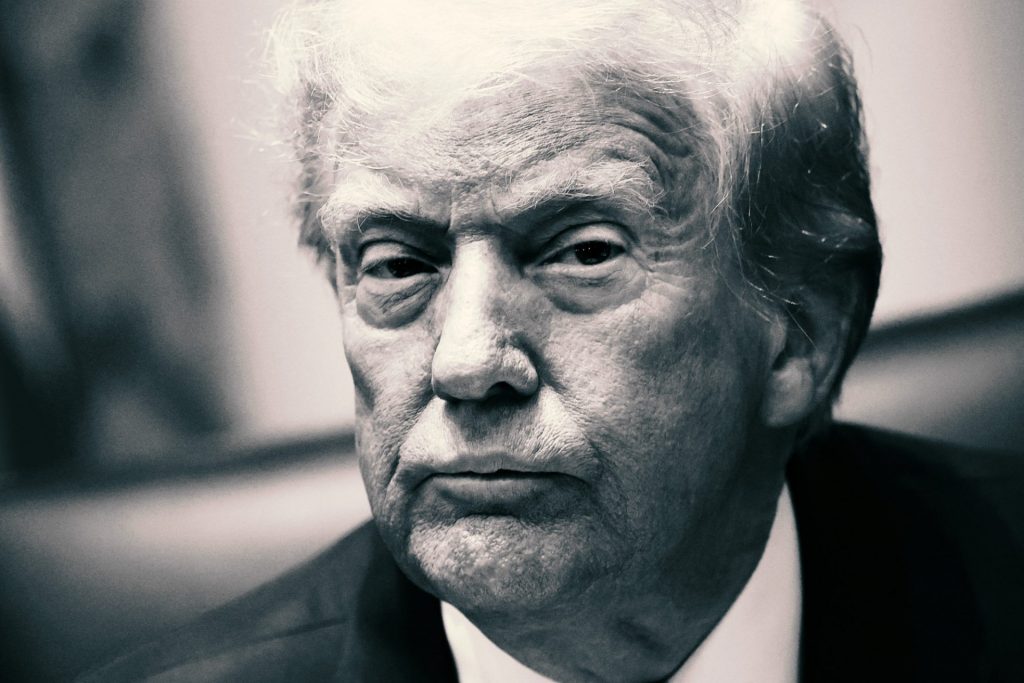
We are, of course, not psychologists, and we cannot diagnose anyone at a distance. Nonetheless, in studying charlatans across fields and geographies, it is striking how often they are described as sharing “dark triad” traits: a personality structure that combines aspects of antisocial personality disorder with Machiavellianism and narcissism. Machiavellianism – which the American Psychiatric Association defines as “the tendency to view other people as objects to be manipulated in pursuit of your goals, if necessary through deliberate deception” – is a thread that runs through many stories of outright charlatanism. So is narcissism, meaning excessive self-love or egocentrism.
The bundle of traits that define psychopathy have been recognised by historians going back to antiquity and across a wide variety of cultures. As one study put it, “It occurs and is recognised by every society, no matter what its economic system, and in all eras, showing that it is not purely an indication of a modern ‘sick’ society.”
Many charlatans take huge risks, are aggressively promiscuous, and struggle to make realistic long-term plans. Think of Mamugnà, partying with the young daughters of Venice’s noblemen, all of whom are desperate to marry said daughters off to the alchemist. Yes, he did end up under the executioner’s sword, but how many babies did he father in the process? From an evolutionary point of view, his approach was nothing if not “live fast, die young.”
But now, technological advances have made charlatans’ access to potential marks explode. In some cases, the recruitment mechanism is carried out entirely online. Just a matter of numbers.
And the numbers, when you look at them forthrightly, are scary. According to the consultancy Kepios, as of 2024 there were 5.22bn users on social media worldwide, and that number is rising fast. The American Psychological Association estimates some 0.3-0.7% of women exhibit significant psychopathic traits, alongside 1.2% of men.
A smaller percentage of the population – perhaps 0.2% – exhibit signs of the dark triad. Assuming psychopaths are as likely to seek internet access as the rest of us, that suggests there are now 40 million psychopaths on social media, and perhaps something like 10 million social media users exhibit all the traits of the dark triad.
The explosion of charlatans that now crowd our public sphere is one of the most notable features of our times. Affluent modern societies give rise to a startling number of beliefs, hopes, and dreams. After all, who wants to live life without a dream?
So, day after day, you will encounter any number of charlatans targeting any number of marks with any number of messages tailored to an infinite variety of dreams. Many of the messages will sound outlandish to you. The problem, of course, won’t come when someone approaches you with a bizarre message. The problem will come when you hear a message that really resonates with your dreams, because your dreams are grounded in the kinds of beliefs you just don’t doubt.
When you hear your dreams reflected back to you, you will react instantaneously, within 200 milliseconds, at the gut level. It’s just the way people are wired. It’s inevitable.
Charlatans know the power our dreams have over us. That is why they go to great pains to make sure they are speaking to us in the language of our dreams. Few of us are willing or able to think genuinely critically about the things that, deep down, we feel must be true, because those are the kinds of beliefs that define us. Connect with someone’s dreams and you connect with them. Charlatans know this, and they exploit it ruthlessly.
Suggested Reading
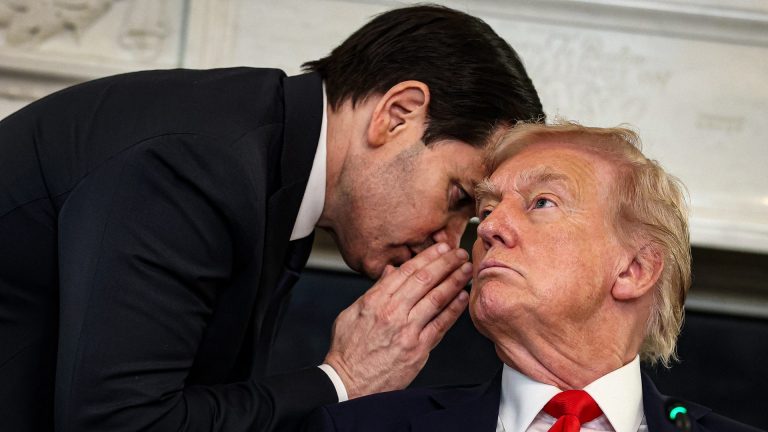
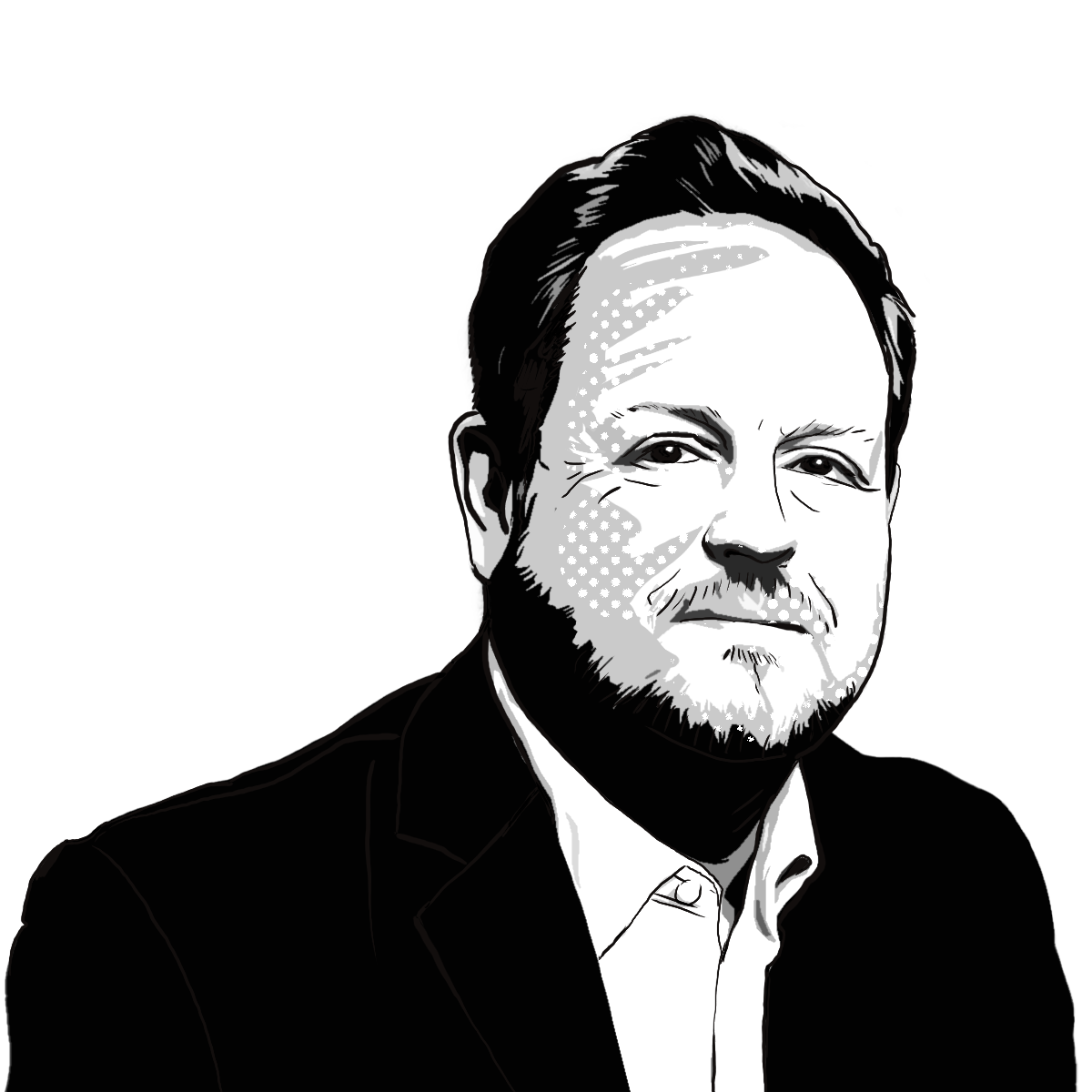
It had to be Trump.. and that’s embarrassing
To protect yourself from a charlatan, to actually spot the thing that’s “too good to be true,” you have to keep just a bit of distance between your dreams and who you are – that tiny bit of critical distance between what feels true and what you can trust.
This is incredibly difficult. It is asking us to do the slow thinking it takes to seek to falsify our beliefs, rather than looking for reasons to confirm them. It’s asking us to use reason not only to come up with arguments to support our intuition but also to have critical insight into them. It’s asking us to remember that the people we look up to can be wrong, and we shouldn’t interpret the fact that our peers believe a thing as reason to believe it ourselves.
None of this is easy. Hearing someone championing our dreams and keeping our guard up anyway will never come naturally. We know it’s a big request. Of anyone. Young or old, rich or poor, Black, brown, or white. Most of us can’t manage it – not consistently, anyway.
When times are tough, when we are isolated or stressed or depressed, when we are vulnerable, we lapse. We grab onto the beliefs we need to be true if the world is to make any sense to us, the beliefs our dreams are built on. And that’s when they get us.
Charlatans: How Grifters, Swindlers and Hucksters Bamboozle the Media, the Markets and the Masses by Moisés Naím and Quico Toro (£25, Basic Books) is published on October 30
Moisés Naím is the author of The Revenge of Power and contributing editor of The New World. He is a distinguished fellow at the Carnegie Endowment for International Peace in Washington DC.
Quico Toro is director of Climate Repair at the Anthropocene Institute


